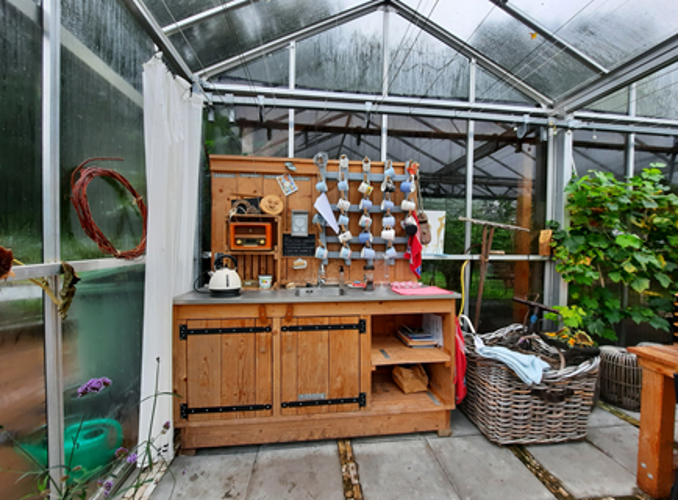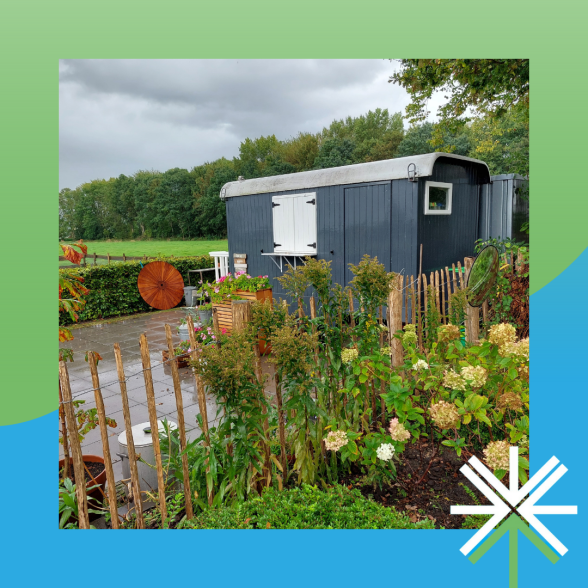 If you’re an architect working in dementia design, chances are you’ve read or heard about the Dutch approach.
If you’re an architect working in dementia design, chances are you’ve read or heard about the Dutch approach.
Being offered the chance to travel and take a deep dive into the environment was a career highlight for me – and seeing really was believing.
The Dutch really do put people living with dementia at the heart of their approach, and the approach is compelling.
First, a bit of background. I’m a senior architect at Ryman Healthcare, New Zealand’s leading retirement village operator. We own and operate 38 retirement villages in New Zealand and another seven in Victoria, Australia – where we are the fastest growing new operator.
Our villages include more than 850 dementia beds, and we have plans to build almost as many again in the medium term, and we’ve won numerous accolades for our approach.
I’ve been in the industry for 10 years and have designed five new villages and worked on the refurbishment of numerous others. I was lucky enough to be accompanied to the Netherlands by my colleague Karen Lake, a registered nurse and senior manager at Ryman who has worked with people living with dementia for nearly 30 years.
The trip coincided with the Dementia Lab conference in Belgium, which exposed us to the latest and greatest thinking around dementia design. The overriding theme was ‘nothing about us without us’, and the sessions on co-creation with PLWD were of special interest for me.
We visited six different dementia environments including an urban multicultural centre in Den Haag, a social housing care centre and three Green Care farms in Delfauw, Nijkerk and Putten.
The built environments ranged from purpose-built to a repurposed school, to rural environments.
Most striking were the Green Care Farms, which are an innovative alternative to traditional nursing homes.
They combine agricultural activities with care services in attractive, home-like environments.
They practice a person centered model of care and provide a wide range of opportunities to engage with nature and be involved in everyday meaningful activities like cooking, gathering eggs, feeding animals, walking the dog, watching birds, building things in the workshop and picking fruit.
The farms we visited were utterly delightful. Each one had its own distinctly Dutch homely character, filled with joy and activity.
Many of the ‘visitors’ we met interacted with us, engaging us in as much conversation as our language barriers would permit.
We cooked and shared food together, we made music together and we picked up fallen chestnuts from the path together – because ‘we don’t want someone falling over’.
Everywhere there was the opportunity to meet personal needs, be it quiet withdrawal or group engagement. Brooms hung in handy spots for sweeping, kettles were available for cups of tea, the sense of autonomy and dignity was palpable.
One of the farms was located in a repurposed campground where groups of sleeping huts were clustered around a Hofhuis – or amenities building.
This alternative typology challenged ideas about the usual adjacencies of rooms with residents expected to put their raincoats on to come for dinner.
On our tour one delightful gentleman reported how much he enjoyed his life there.
‘Every day I am living on holiday’ he told us.
This sentiment encompassed for me the whole idea that the design supported the vision for the way of life. The setting was entirely authentic, making every day meaningful.
We also visited some innovative settings in the city.
They too, explicitly expressed freedom of movement and opportunity.
In one elegant and whimsical home a certain gentleman goes to work every morning – locking his apartment door and heading out with his briefcase.
Just around the corner he chances upon a carer, who greets him with an invitation for coffee in a local cafe.
Satisfied with his social encounter he takes himself back home and settles down contentedly for the rest of the day.
Later he might read one of the three international newspapers or help cook, or even play the piano for everyone.
In another place, a resident took us aside and shared with us the ‘worry dolls’ she carries for comfort.
"You will be okay here”, she offered in compassionate support, assuming we were potential housemates. “They will give you one of these” she said, and proffered her security fob to the front door!
Sometimes it is hard to pick the residents from the staff, none wear uniforms as they are rightly regarded as family members. Staff and residents share tasks alike just like in everyday life.
There were so many highlights for me. I felt excited, inspired, passionate and motivated by everything I saw and everyone that I met.
I’m a fan of lists so I thought I’d list the main lessons:
The Dutch are front footing a cultural shift that recognizes the human right of PLWD to be able to live freely with agency and dignity in their community. The international model suggests that in-voluntary care will become a last resort and the traditional secure facility will evolve to become a specialized but not necessarily ‘locked’ home for people who are no-longer able to live without support.
It is possible to develop a positive and nuanced response towards intimacy and sexuality. Some facilities provided rooms for couples.
It is possible to get the balance right between managing risk and maximizing quality of life. Research indicates a clear relationship between engagement in the activities of daily living and increased quality of life. We saw many steep staircases, tools and kitchen equipment available for use.
Philosophy of care was regarded very highly alongside authentic settings and meaningful activities. However, the deliberate use of environmental design principles did not appear to be as evident.
Other than a social housing plus dementia care initiative all the facilities we saw were exclusively for people living with dementia. They were not part of a wider community.
Staff recruitment policies on care farms means a more diverse range of people are attracted to the roles.
The Dutch healthcare insurance system ensures a high level of funding which permits a higher staff ratio. They also are well supported by volunteers.
For future reading you may like to take a look at these articles.
Buist, Y., Verbeek, H., de Boer, B., & de Bruin, S. R. (2018). Innovating dementia care; implementing characteristics of green care farms in other long-term care settings. International Psychogeriatrics, 30(7), 1057–1068. /10.1017/S1041610217002848
de Boer, B., Beerens, H., Katterbach, M., Viduka, M., Willemse, B., & Verbeek, H. (2018). The Physical Environment of Nursing Homes for People with Dementia: Traditional Nursing Homes, Small-Scale Living Facilities, and Green Care Farms. Healthcare, 6(4), 137. /10.3390/healthcare6040137
de Bruin, S. R., Pedersen, I., Eriksen, S., Hassink, J., Vaandrager, L., & Patil, G. G. (2020). Care Farming for People with Dementia; What Can Healthcare Leaders Learn from This Innovative Care Concept? Journal of Healthcare Leadership, Volume 12, 11–18. /10.2147/JHL.S202988
